

There’s been a lot of talk about Formula 1 cars' suspension geometries, especially anti-dive on the front suspension and pullrod versus pushrod. And it's a matter particularly relevant to the struggles we’ve seen Ferrari have early in the season - given there are clear signs they are at least partly down to the mechanical platform.
To gauge the issue, I have put together a set of comparison pictures to show what configuration each team is running. Making in-season changes on either front or rear suspension geometry is very difficult, so I don’t expect to see much difference between the early grands prix and the last race in Abu Dhabi. Again, that could be a big concern for Ferrari.
Some teams may have made the upper wishbone rear leg moveable, but if you do that it adds weight so I suspect most will have committed to what we have seen at pre-season testing.
The idea of anti-dive on the front suspension and anti-lift on the rear suspension is to reduce the angular change relative to the track surface on the underfloor between running with just the aero load going down the straight to what happens when you hit the brakes at the end of that straight.
Because of the weight transfer during braking, which can be around 300kgs of transfer from the rear axle onto the front axle, if you didn’t have any anti-dive or anti-lift on the car then the front would ‘dive’ towards the ground and the rear would ‘lift’ away from the ground. You would have to support this transfer with stiffer springs and or damper characteristics. Neither of these would be beneficial for general car handling performance, especially in slow- and medium-speed corners.
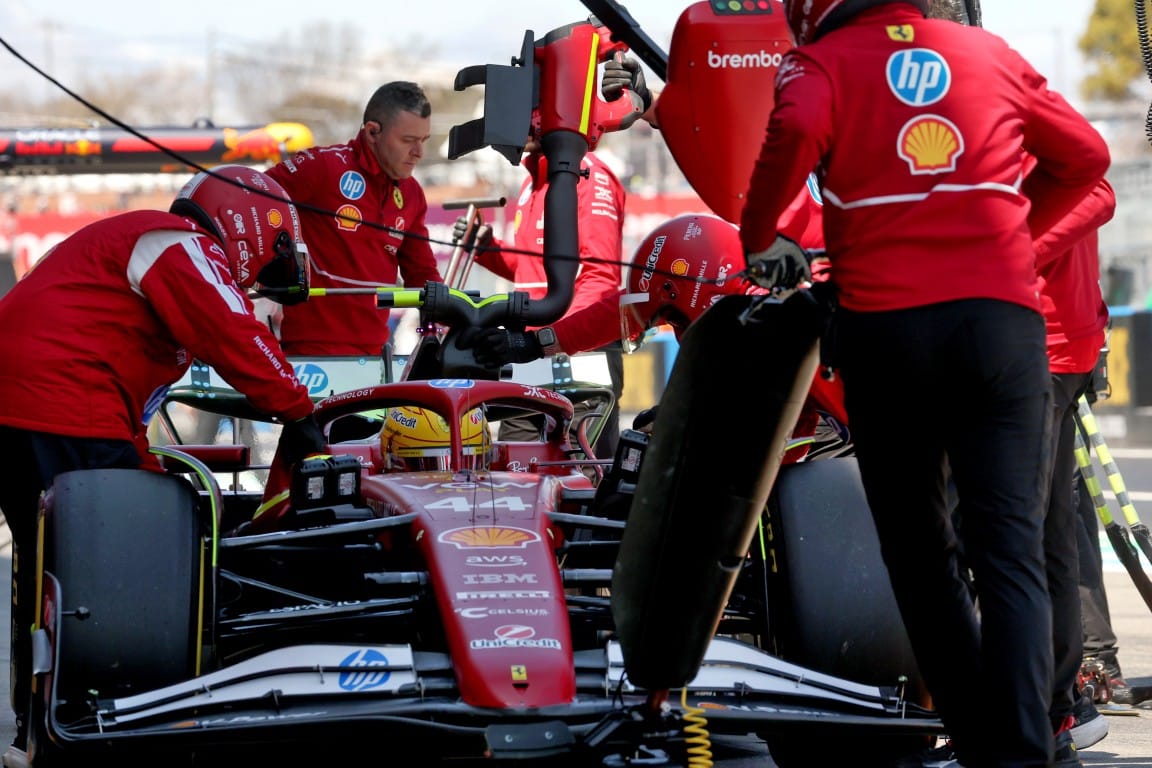
As with with life, unless you are lucky enough to win the lottery you don’t get something for nothing. The extent of these characteristics reduces the driver’s feel during braking. With the car feeling a bit ‘dead’, it can be a lot easier to lock the front brakes. This means your braking commitment has to be fairly consistent, otherwise each braking episode will be a different.
It also means that the car is reacting to these loads through the suspension members, so again that means extra work for the stress engineers to design and sign off something that will cater for these different loads.
As a comparison of all cars, I will highlight the pushrod or pullrod in red and the top front wishbone forward leg in dark green, the rear leg in light green and the all-important difference in the height of the front leg inboard pickup to the height of the rear leg inboard pickup point with a magenta line.
The longer that line, the more anti-dive.
To counter that, the difference in the height of the inboard pickup points of the lower wishbone can increase or reduce that anti-dive. However, it is very difficult to see these in enough detail to get a reasonably true reading on them. For now, I will assume that they are all very similar.
In reality, the lower wishbone legs are more or less in line with the leading edge of the underfloor. Because of this, their position becomes more aerodynamic than mechanically-driven, so I wouldn’t expect them to end up in massively different positions.
F1 2025 cars ranked by (visually-evident) quantity of anti-dive
McLaren

Red Bull
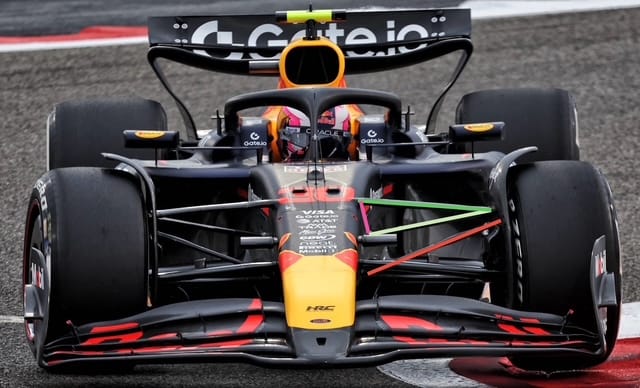
Racing Bulls
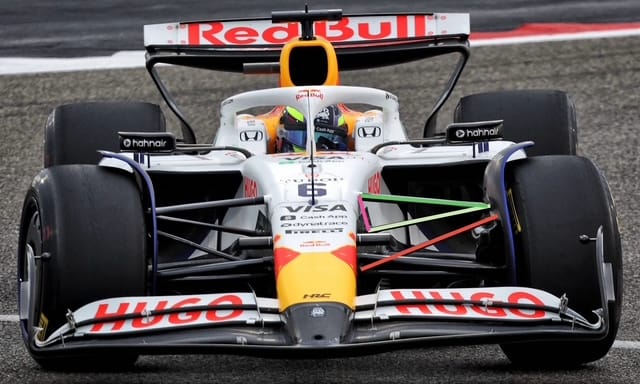
Williams
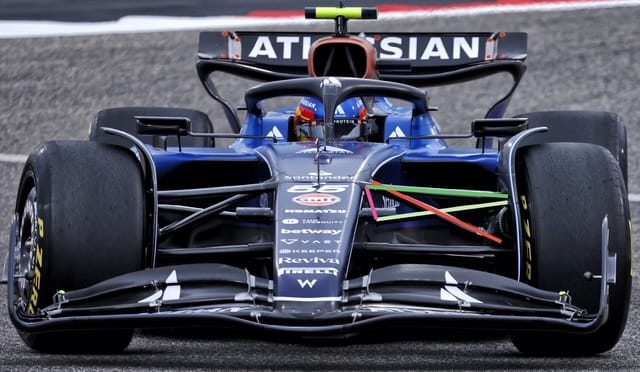
Aston Martin
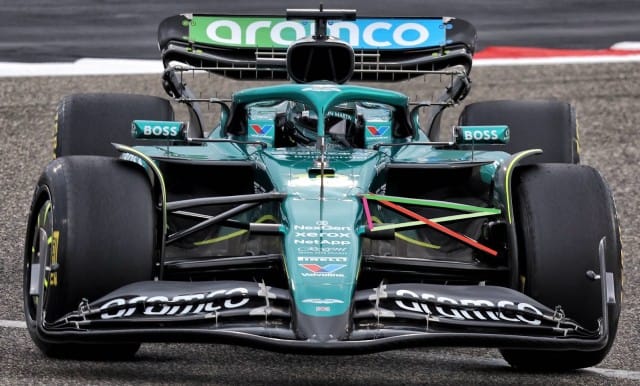
Mercedes
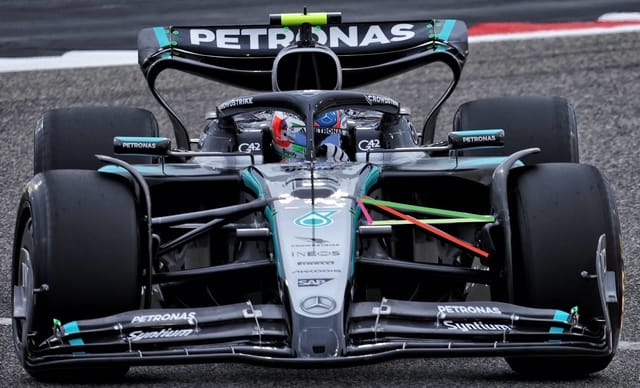
Alpine
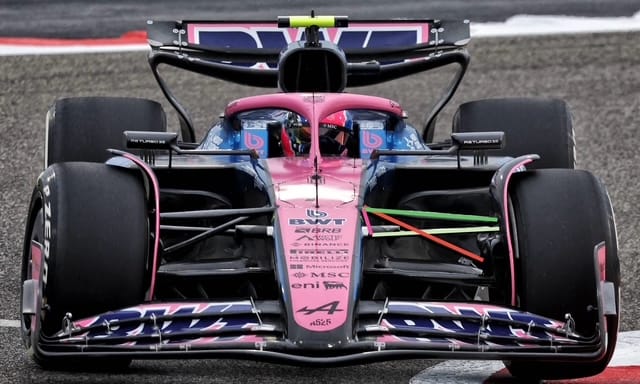
Sauber
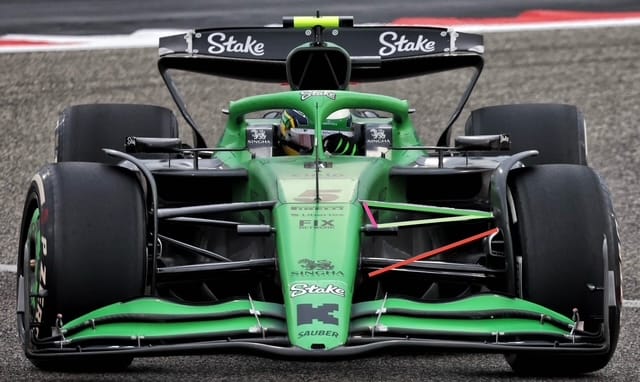
Haas
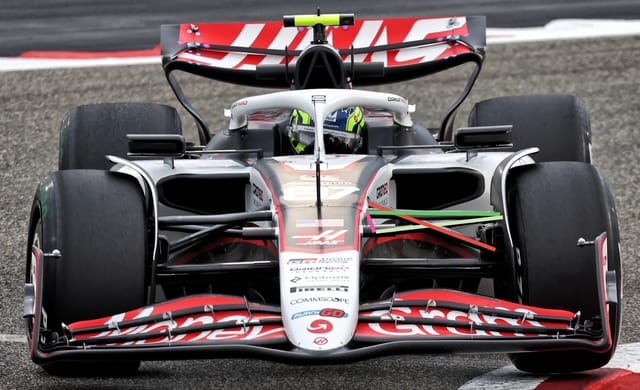
Ferrari
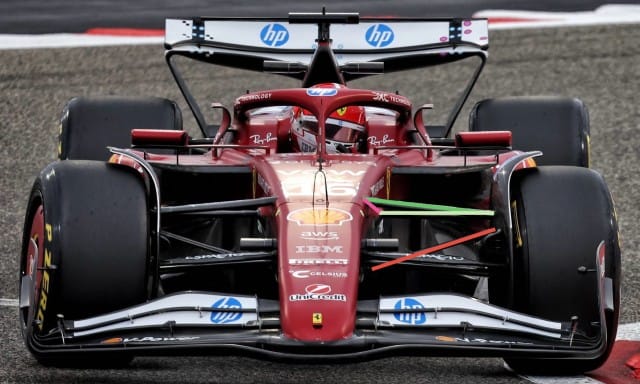
The rear anti-lift characteristics and quantity on the rear suspension for each team probably have a similar spread. There is no value in optimising one end without optimising the other.
If you do that, then keeping the rake of the car stable will have to come from somewhere - either running stiffer or by raising the ride height.
As we seem to be hearing, the Ferrari loses a lot of performance when it needs to raise the ride height. And it's no surprise to me - if they have indeed done as little as it visually appears with the percentage of anti-dive to support the front of the car under braking and reduce its rake change.
